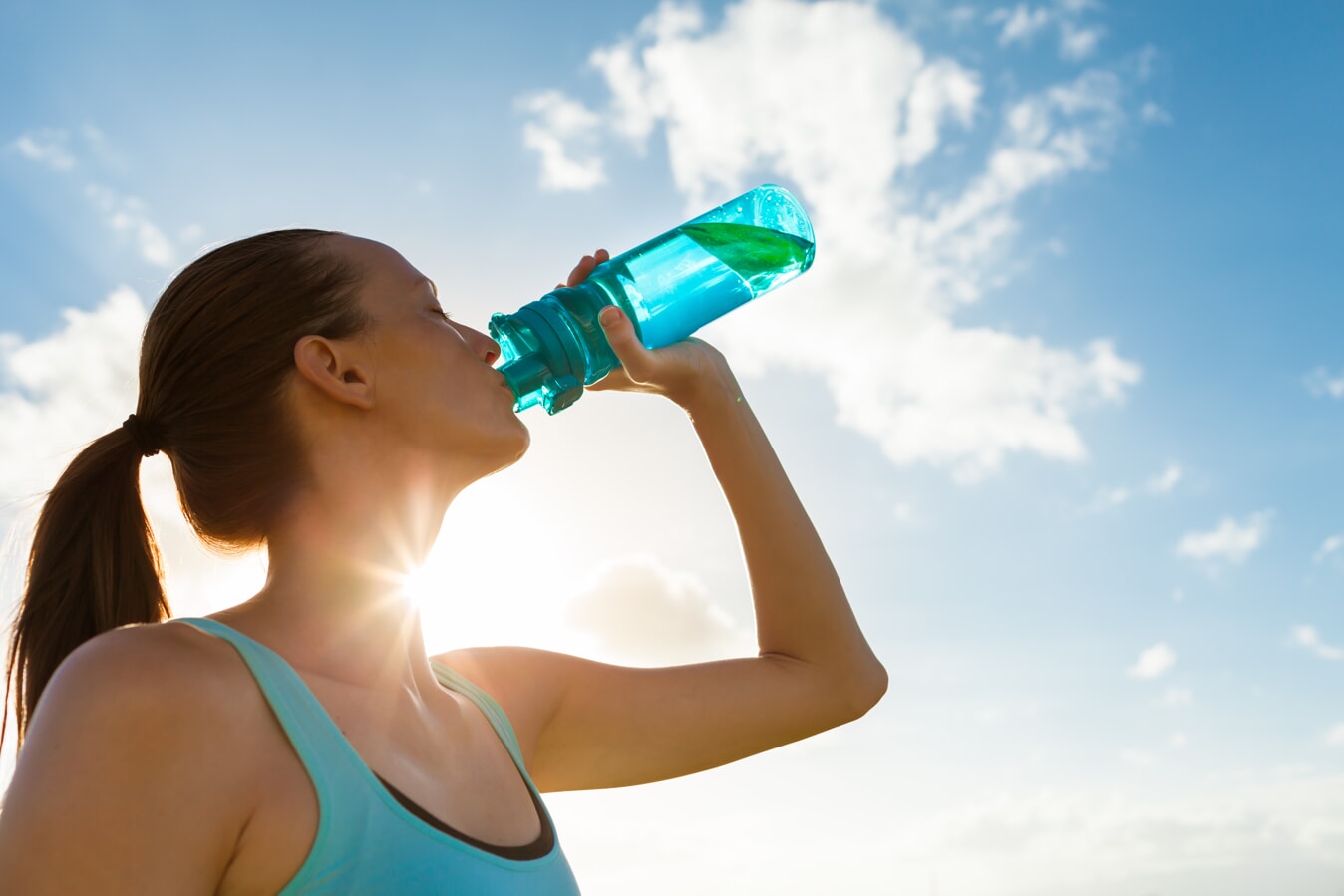What You Need to Know About Heat Stroke
- Category: Safety
- Posted On:

Signs, Symptoms, and Risk Factors
Heat stroke is a serious health condition that occurs when the body overheats, typically as a result of prolonged exposure to high temperatures and/or physical exertion. This can result in an array of symptoms and potentially life-threatening complications.
We’ve outlined things you need to know about heat stroke and how to prevent it below
What Is Heat Stroke?
According to the World Health Organization (WHO) and Centers for Disease Control and Prevention (CDC), heat stroke is the most severe form of heat-related illness and is characterized by a body temperature higher than 40°C (104°F) accompanied by neurological dysfunction. When the body's ability to control its temperature fails, it can result in multiorgan failure and extreme hyperthermia, typically exceeding 40.5°C.
Heat stroke presents with a variety of signs, some of which may seem relatively benign at first. However, they can rapidly escalate into more severe symptoms. Recognizing these early signs of heat stroke is crucial for prompt treatment. This may include the following and more:
- High body temperature: A body temperature of 104°F (40°C) or higher is the main sign of heat stroke.
- Altered mental state or behavior: Confusion, agitation, slurred speech, irritability, delirium, seizures, and even coma can all result from heat stroke.
- Rapid breathing: Your breathing may become shallow and rapid as your body attempts to cool down.
- Racing heart rate: Your pulse may significantly increase as heat stress takes a toll on your heart.
- Nausea and vomiting: You might feel sick to your stomach or vomit.
- Flushed skin: Your skin may turn red as your body temperature increases.
- Headache: Your head may throb or pound.
- Fainting: In some cases, heat stroke can cause loss of consciousness.
Risk Factors for Heat Stroke
Several factors can increase your risk of heat stroke. This may include age, with both the young and elderly being particularly susceptible; certain health conditions like heart, lung, or kidney disease; and certain medications that can affect your body's ability to stay hydrated and respond to heat.
Furthermore, sudden exposure to hot environments, such as a heat wave, can also put you at risk. Engaging in strenuous activities in the heat without proper hydration is a common cause of heat stroke in the summer.
Prevention Tips
Prevention is key when it comes to keeping yourself safe from heat stroke. We’ve outlined some tips below to help you stay safe this summer:
- Stay hydrated: Drink plenty of fluids, especially water, in order to help your body sweat and maintain a normal temperature.
- Wear loose, lightweight clothing: This allows your body to cool properly.
- Protect against sunburn: Sunburn affects your body's ability to cool itself. Use a broad-spectrum sunscreen with an SPF of at least 15.
- Take it easy during the hottest parts of the day: If you can't avoid strenuous activity, try your best to schedule it for cooler parts of the day, such as the morning or evening.
Beat the Heat
Remember, heat stroke is a serious condition. If you or someone else shows signs of heat stroke, seek immediate medical attention. Stay safe, stay informed, and stay healthy this summer.
For a list of services available at McKenzie Health System, including After-Hours care and Emergency Care, visit www.McKenzieHealth.orgor call 810-648-3770.